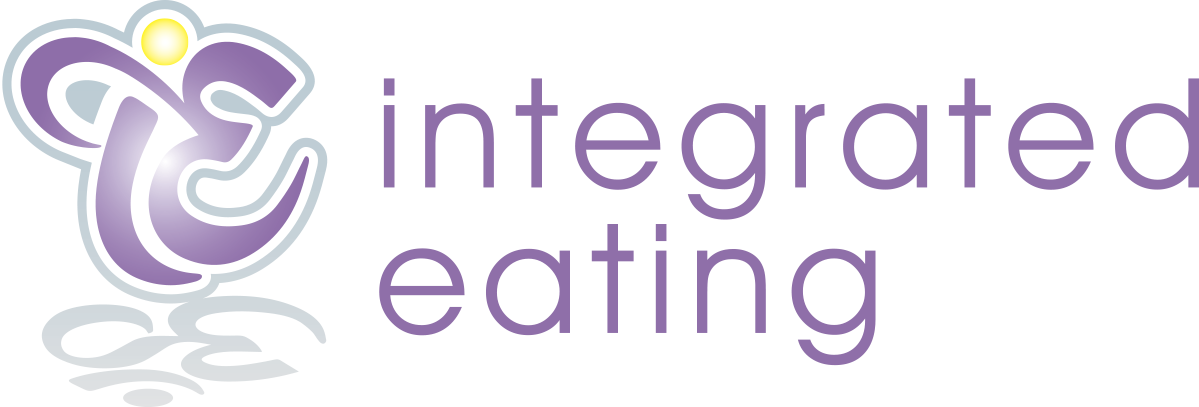Many on-trends diets tout “guilt-free” foods with “negative” calories or food that is believed to increase one’s metabolism upon consumption. Diet culture constantly bombards us with the idea that certain foods can burn more calories, burn more fat, or increase metabolism. While in small increments this could be true, it is important to take a holistic view of the human body to understand the broader impact of eating these foods.
The idea that food, such as celery or garlic, burn calories by consuming them comes from the mechanism of diet-induced thermogenesis. Diet-induced thermogenesis or thermic effect of food is defined as the energy needed to digest, absorb, and dispose of ingested nutrients; meaning calories used in order to metabolize that consumed food (DrRegina Belski, Fiber, Protein, and Lupin-Enriched Foods: Role for Improving Cardiovascular Health, Advances In Food and Nutrition Research, 2012) . This usually accounts for 10-15% of our total energy expenditure every day. While meaningful on an overall basis, attempting to increase this percentage by consuming certain foods nets out to little incremental impact.
As mentioned earlier, there is a widely touted idea that eating certain foods or food groups cause the body to use more energy to digest and absorb it than it provides resulting in “net negative” calories. Mathematically speaking this notion is true. For example, eating garlic, which has 5 calories, theoretically uses 10 calories to metabolize resulting in a net burn of 5 calories. The equation “calories in = calories out” for weight loss/weight gain makes logical sense.
However, recent studies have shown that human beings are way more complex than that simple equation. Humans are not algorithms, and 1+1 does not necessarily equal 2. The human body reacts differently to foods depending on what it was eaten with, what our bodies need at that time, when our last meal was, or even how we slept that evening. The most precise medical instruments to predict calorie needs are given in a range, meaning even if 5 calories are burned by eating garlic that most likely does not affect total energy expenditure.
Additionally, foods that are thought to burn calories are typically mentioned with foods thought to increase metabolism. This is most likely because the concept of increasing one’s metabolism means that your body is working faster and more efficiently at utilizing energy thus increasing your energy expenditure as well.
There are countless articles in mass media about a plethora of foods and food groups that raise metabolism. Spicy food, for example, water, and even the macronutrient protein all typically make these lists. Although often accurate in the most literal sense, for example, capsaicnoids, a chemical found in chilly peppers, was shown to increase energy expenditure by 50kcal/day; when practically evaluated does 50kcal/day really make a difference? AND if it does, how many chili peppers would we need to consume to reach that amount? Sounds like a spicy proposition.!
Elevating one food item takes away from the whole picture of reality. As another example, drinking a significant amount of water is thought to increase the metabolism. While drinking
enough water is important to make sure the body is functioning optimally, drinking excessive water is not the cure for weight loss and can cause serious harm. Putting too much emphasis on one food item or nutrient as the magic cure for weight loss and health can quickly become problematic. The body needs all nutrients in harmony and which it can then digest, absorb, and utilize adequately.
In a critical review of the Role of Food and Nutrition in the Energy Balance showed that “scientific evidence on these topics is scarce...only a few foods show beneficial effects on metabolism and energy expenditure, as the human energy balance is complex and multifactorial...conclusive evidence is still lacking, and, at present, it is not possible to identify a food or diet with a significant impact on human energy expenditure” (Bo S, Fadda M, Fedele D, Pellegrini M, Ghigo E, Pellegrini N. A Critical Review on the Role of Food and Nutrition in the Energy Balance. Nutrients. 2020;12(4):1161. Published 2020 Apr 22. doi:10.3390/nu12041161)
Attempting to manipulate energy expenditure ignores a more holistic understanding of the complexity of the human body. Isolating one food or nutrient can be at best ineffective and at worst dangerous. Not all foods are created equal in how they are digested, absorbed, and used in the body. People should focus on maintaining an adequate diet that includes a broad range of nutrients and food types. Counting calories and calculating percentages takes away the enjoyment from food and why we eat. If you don’t like celery, don’t eat celery!

